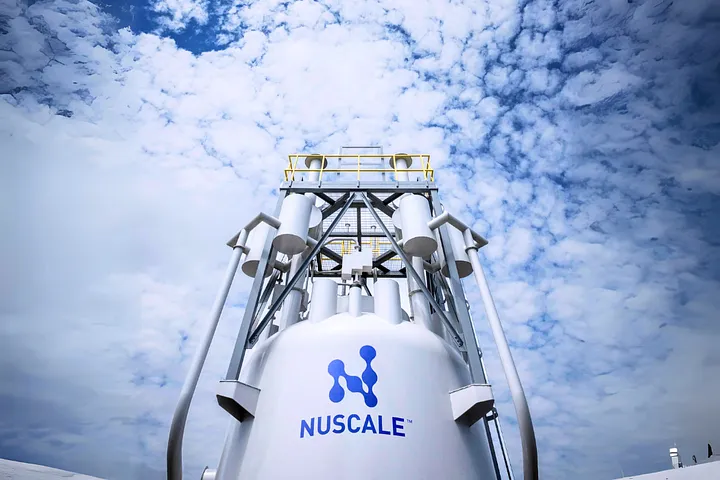Author: Kiersten Sundell

What the hell happened with NuScale?
NuScale, an advanced reactor developer, had plans to start building six small modular reactors (SMRs) in Idaho. These would’ve generated enough electricity to power more than 300,000 homes… but as of November 8th, it’s no longer happening.
Utah Associated Municipal Power Systems (UAMPS), which serves communities in seven western states, was set to buy into the deal. Unfortunately, the project more than doubled in cost, causing multiple cities to get scared and withdraw from the deal, and NuScale called the whole thing off.
This was a tough blow to an industry that’s just excited to grow, so let’s talk about what happened.
NuScale’s SMR is basically a shrunken version of the conventional reactors now in use, which helped the design win approval from the Nuclear Regulatory Commission (NRC). It’s the only NRC-approved advanced reactor in the country so far, so a pretty big deal. The reactor design is relatively simple, using water as a coolant and low-enriched uranium as fuel. Each of the six modules pumps out 77 megawatts of electricity — around what it takes to power a small city.
The Department of Energy agreed to host the plant on Idaho National Laboratory property, which helped speed up the permitting process by multiple years. But even with the DOE subsidizing the project, costs had somehow risen from $58 per megawatt-hour to about $89.
Why did it get expensive all of a sudden?
Well unfortunately, the costs of almost all major building materials have skyrocketed in the past two years:
- Fabricated steel plate increased by 54%
- Carbon steel piping increased by 106%
- Electrical equipment increased by 25%
- Fabricated structural steel increased by 70%
- Copper wire and cable increased by 32%
This isn’t only inflation we’re looking at — it’s also price gouging. In addition to this, the interest rate has increased approximately 200 basis points since July 2020. The higher the interest rate, the higher the construction cost.
Another reason the project is expensive is simply because first-of-a-kind deployments cost a lot. If you have to build a supply chain from the ground up, work out kinks in building procedures, and pay a million people to carefully observe every little detail of the operation, it’s entirely possible to come across costs that weren’t factored into the initial assessment. Practice makes perfect — the more SMRs we build, the easier they’ll get, especially since they have modular parts that can be put together like a puzzle.
NuScale’s setback is just a pit stop on the road to cleaner energy — not a reason to lose hope. Atomic energy is still the most reliable clean power source in the country, providing half of the low-carbon electricity we use every day. When the going gets tough, the tough reevaluate, recalibrate, and come back stronger.
Visit our TikTok page to view the full NuScale video!

